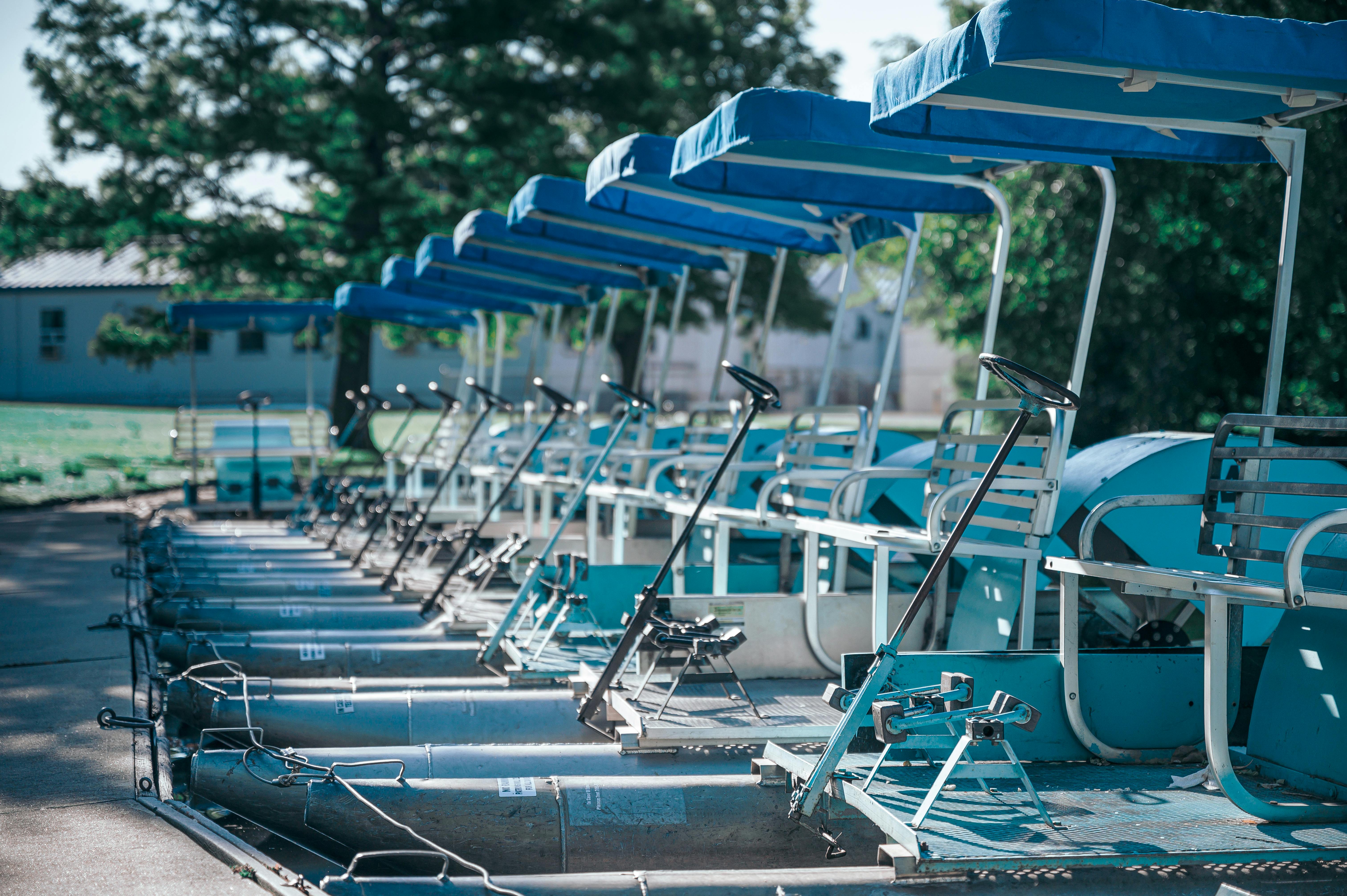
Points to consider when choosing bathroom and kitchen tiles
admin
- 0
When it comes to planning, designing, and choosing products for rooms in a home, the kitchen and bathroom may require more careful planning than others.
After all, they are the most used rooms and, more importantly, the wet rooms in the house.
Even the slightest mistake in planning these rooms could result in irreparable damage to the building’s structure, its walls, interior woodwork, and all nearby furniture and fixtures. These and the danger of leaks and fungus on the walls that make your house ugly and weak, force you to choose carefully the construction products used.
When planning wet rooms like the kitchen, bathroom, laundry room, and other wet areas like pools and ponds, it’s wise to make sure these rooms and areas have the best in tile, grout, faucets, and other plumbing.
When choosing tiles, whether they are bathroom tiles or kitchen tiles, the first thing most designers or home buyers look for is their appearance. The tiles should definitely reflect the taste and style of the person. They become your statement in life. The right type of mosaic sets the mood for you and your family. They emit the adequate energy you need during the day.
The next and most important thing to consider when selecting tiles is their functionality. The tiles chosen must be able to withstand conditions of heat and humidity, depending on the room in which they are placed, the climate of the place where the building is located, etc.
Ease of cleaning and a firm grip are two other important factors to consider when selecting bathroom and kitchen tile. Firm-grip or rather non-slip tiles are essential for kitchen and bathroom floors. But what do you check when buying kitchen wall tiles or bathroom tiles?
It is not the grip that comes into consideration here, but the ease of cleaning is of importance. Kitchen walls tend to trap a lot of dirt. Therefore, constant cleaning is necessary to keep the kitchen hygienic. Once again, the coatings, when placed in kitchens or bathrooms, must be able to withstand the heat and humidity to which they will be subjected.
Another factor you may want to consider when choosing kitchen and bathroom wall and floor tiles is their color. The right color sets the tone for the room. If rooms receive little natural light, a lighter tile shade will help make the room brighter. Conversely, if a lot of strong natural light enters the room, choosing the right tile color will help the room appear fresh and help reduce glare.
Let’s now look at some types of mosaics that you have available in the market as an option for mosaics.
Travertine tiles for bathrooms and kitchens – These generally come in colors ranging from creams to browns, all natural colors.
They also feel cool on a hot day and can also withstand the cold without cracking.
Slate tiles for bathrooms and kitchens – These are usually available in gray, but sometimes orange and black as well. Gray tile remains an extremely popular choice for wet areas due to its natural texture and water resistance capabilities.
Sandstone Tiles for Bathrooms and Kitchens – They have been a popular choice since ancient times as wall tiles. These tiles, with their natural hues, do not mind being exposed to heat for fear of losing color or developing cracks. However, being very porous, they are not waterproof and will need a proper seal.
Granite Kitchen and Bathroom Tiles – These are extremely durable but also quite expensive.
Limestone Kitchen and Bathroom Tiles – These tiles are very sturdy and generally come in light colors. They reflect light and are therefore cool even on hot days.
Soapstone tiles for bathrooms and kitchens: Water, acids or chemicals do not usually damage soapstone. These tiles are highly resistant to heat and are an excellent choice for wet exteriors as well as wet interiors.
In addition to natural stone, you can also choose porcelain or ceramic stoneware.
Porcelain tiles for bathrooms and kitchens: They are less expensive than natural stone tiles. They are also more resistant to water and have the ability to withstand very cold temperatures.
However, stains are used in porcelain tile making, so choosing a lighter shade tile would be best to ensure long-lasting color.
Ceramic tiles for bathrooms and kitchens: They are better suited for walls than floors because they are not as strong as other available flooring materials.
With so much to choose from, be meticulous in your research and identify the best tiles for your kitchen and bathrooms.

